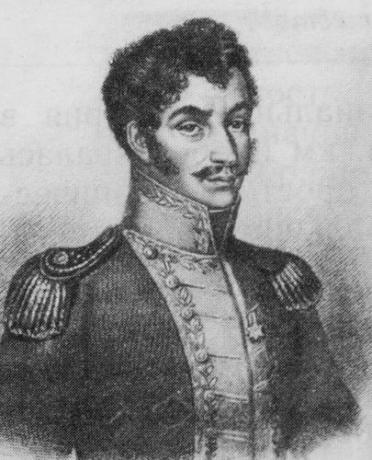The coffee with milk policy was a power structure employed in Brazil during the Old Republic (1889-1930), which consisted of the political predominance of the coffee growers of São Paulo and the farmers of Minas Gerais, who took turns occupying the presidency of the parents.
Since the times of the Empire, the coffee aristocracy dominated the country's political life, in order to defend its economic interests.
During the first republican governments, coffee growers who did not directly participate in the military coup that proclaimed the Republic were discriminated against.
As a result, the political influence of coffee producers only became significant again after the third republican government, when Prudente de Moraes, the first civilian president, took over the Presidency.
To know more:
- First Republic
- old republic
- Proclamation of the Republic
- Brazil Republic
- Oligarchy
Coffee with Milk Policy: Summary
The roots of the leadership of São Paulo and Minas Gerais in Brazilian politics, during the Old Republic, were found in the republican Constitution, promulgated on February 24, 1891.
The Constitution of 1891 determined the federative form with broad autonomy of the states and their proportional representation in the Chamber of Deputies, that is, each state elected a number of Federal Deputies proportional to the number of its population.
the states of Sao Paulo and Minas Gerais had more than a third of the Brazilian population and formed the largest electoral colleges in the country.
All they needed was to attract another state, to which the vice-presidency would be handed over, to maintain their dominance at the federal level.
The national political supremacy of these two states was called the "Coffee with Milk Policy", which was only defined along its lines from the Governors' Policy, which consisted of a mutual exchange of favors between state governors (oligarchies) and the Government Federal.
The “Coffee with Milk Policy” was characterized by the leadership of the political leaders of the Partido Republicano Paulista (PRP) and the Partido Republicano Mineiro (PRM).
From the administration of Prudente de Moraes to Washington Luís, only three elected presidents (Hermes da Fonseca, Epitácio Pessoa and Washington Luís), did not come from the States of Minas Gerais or São Paul.
To know more: Prudente de Moraes and Washington Luis
1930 revolution
The Coffee with Milk Policy, as the domination of São Paulo and Minas Gerais became popularly known. federal government, only ended with the Revolution of 1930, which destroyed the political institutions of the Republic. Old. Note that the name of the policy refers to coffee from São Paulo and milk from Minas Gerais.
To know more: 1930 revolution

